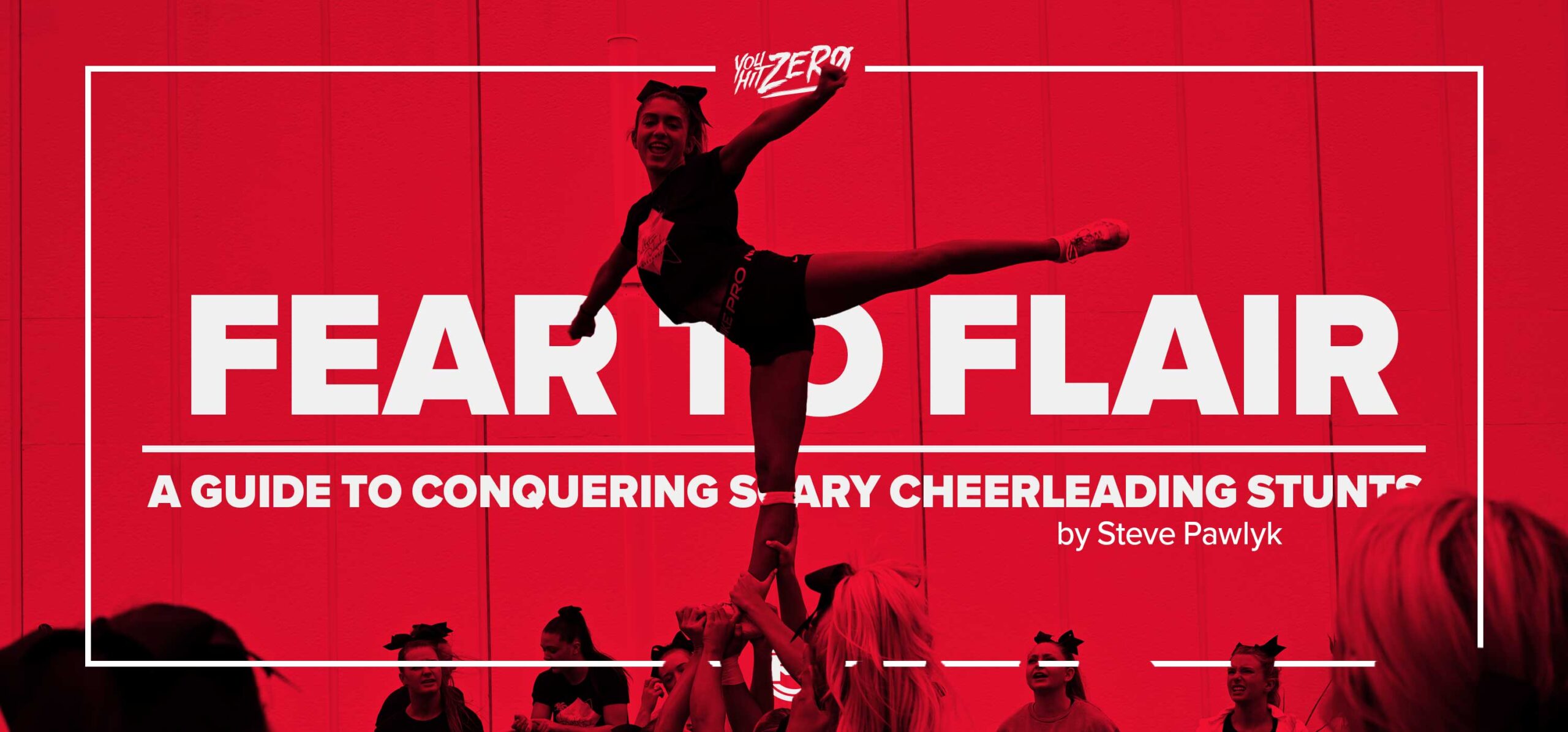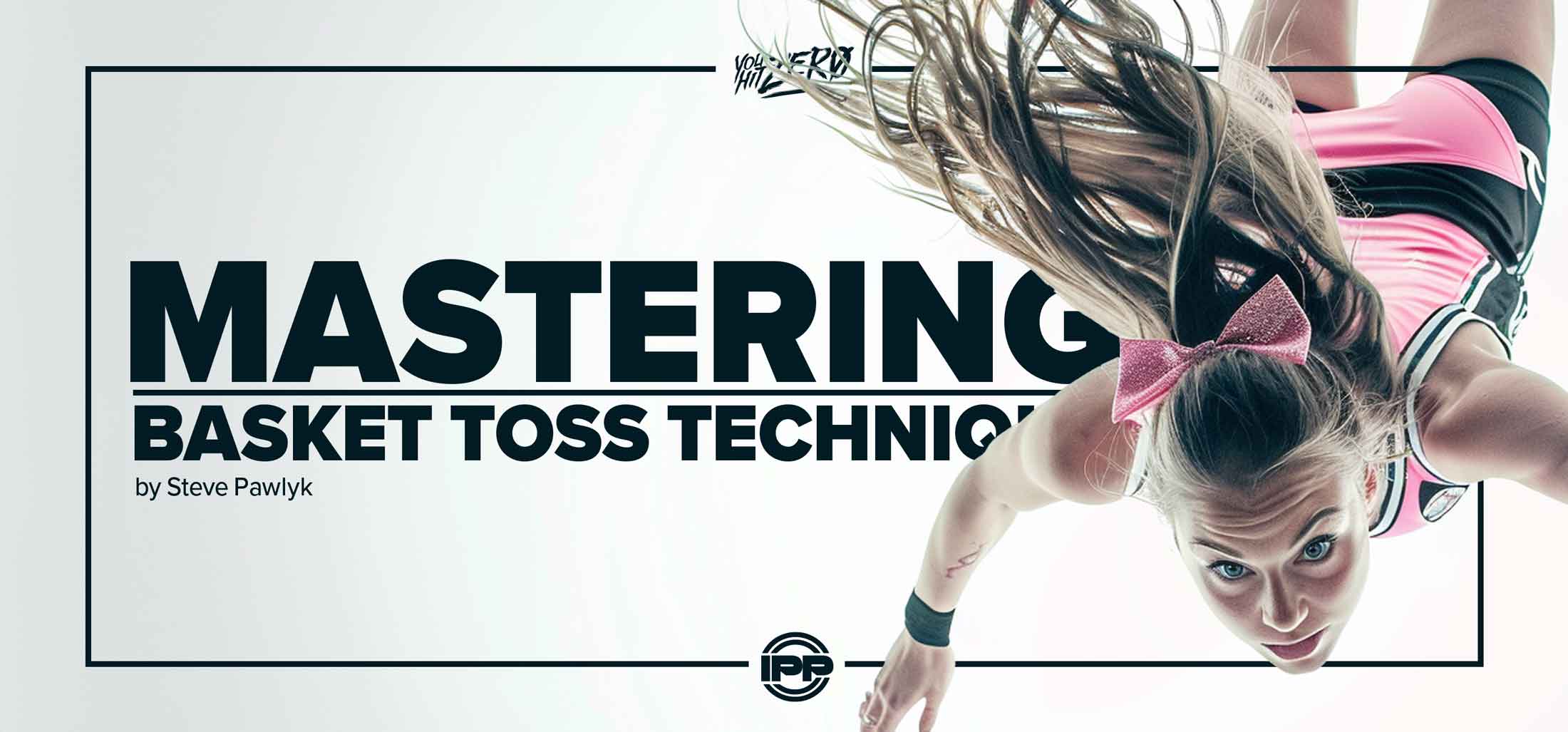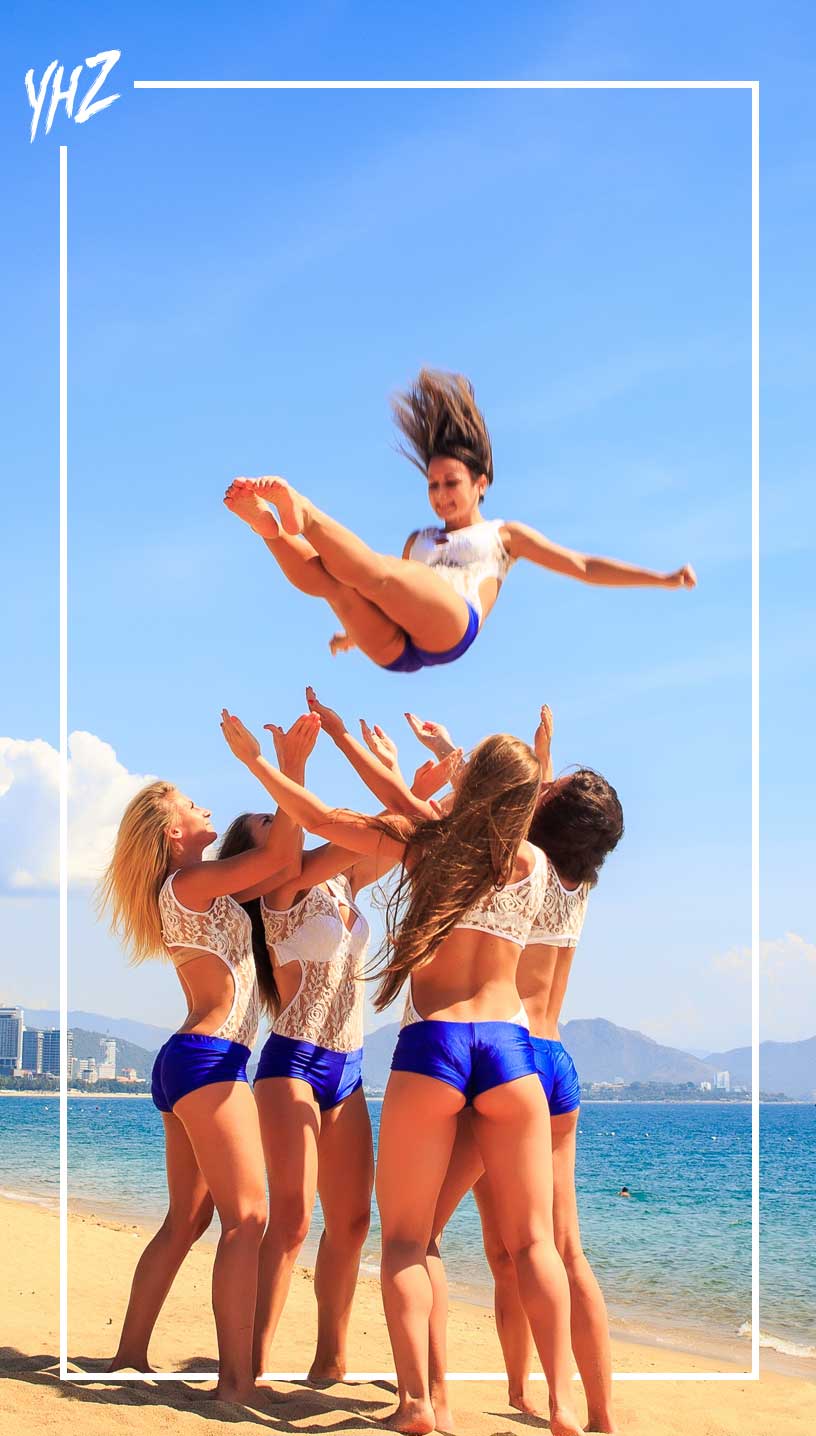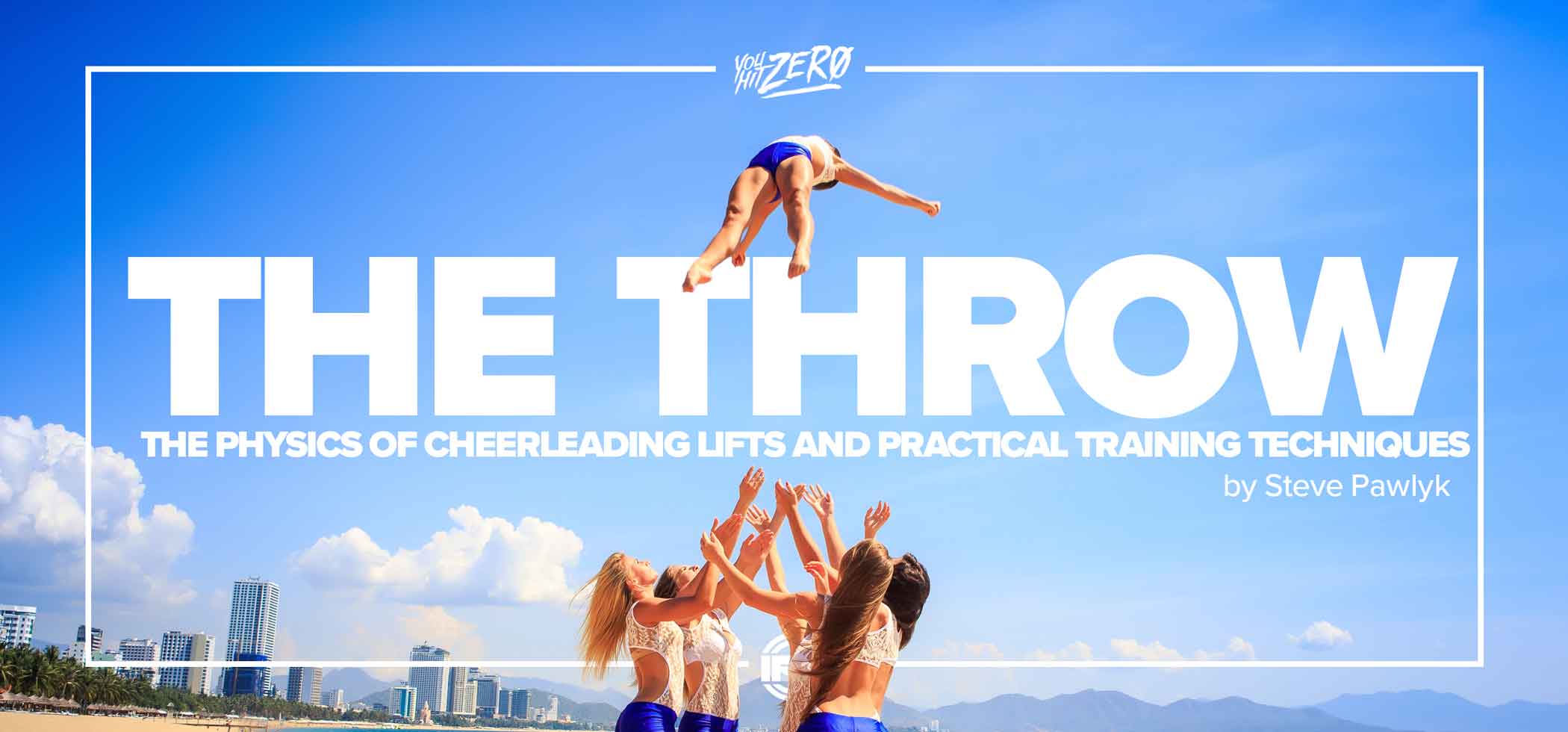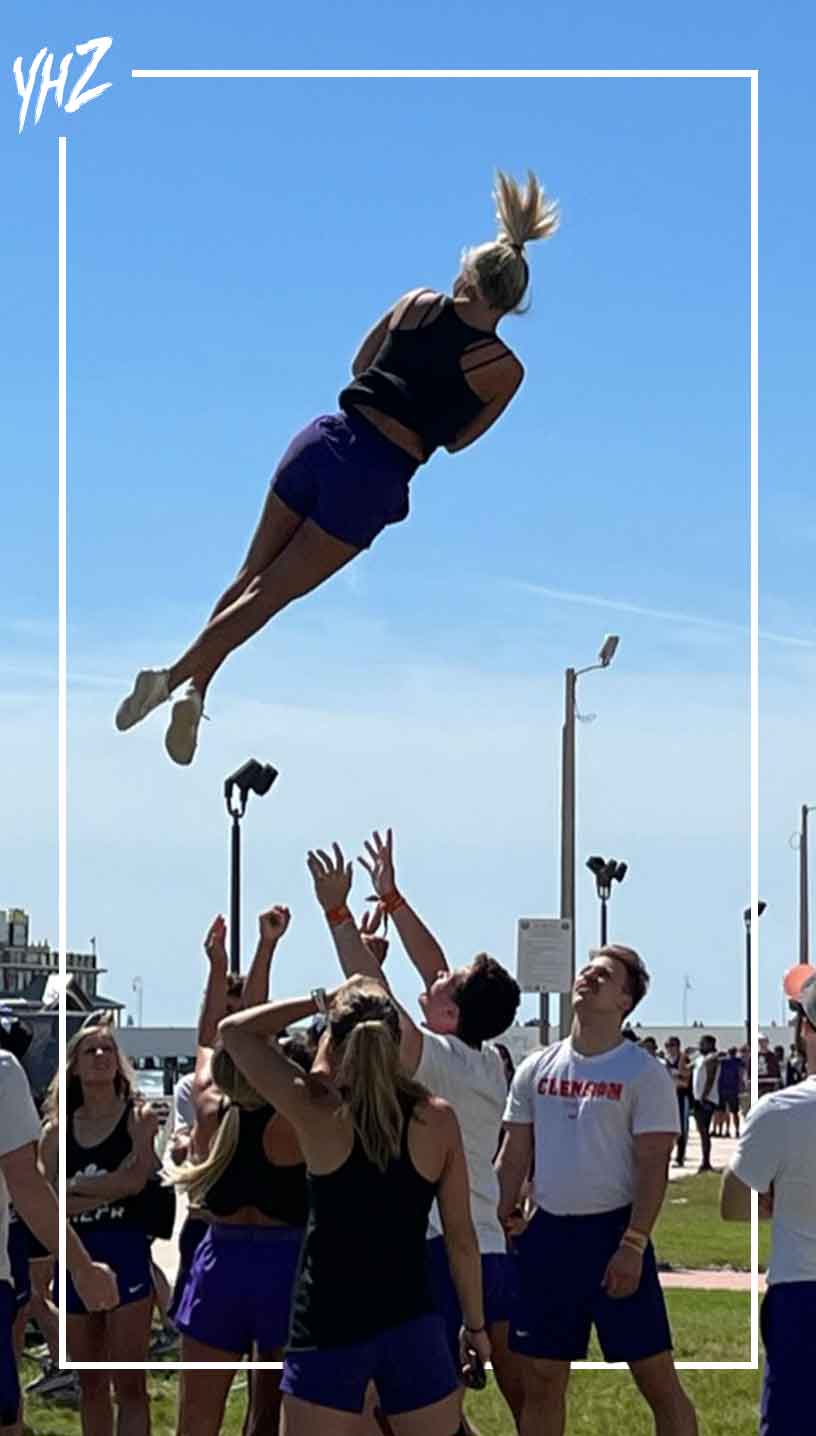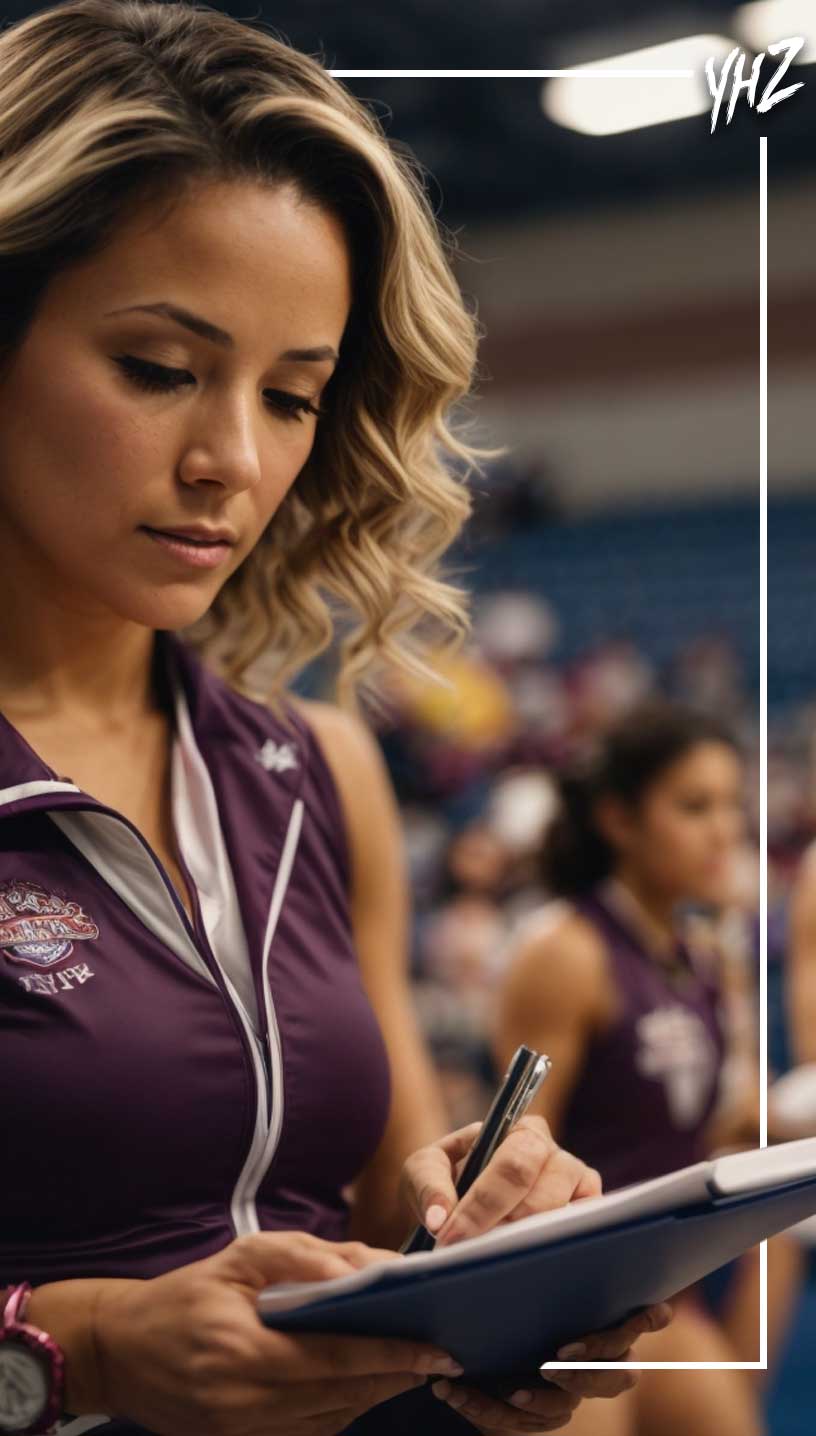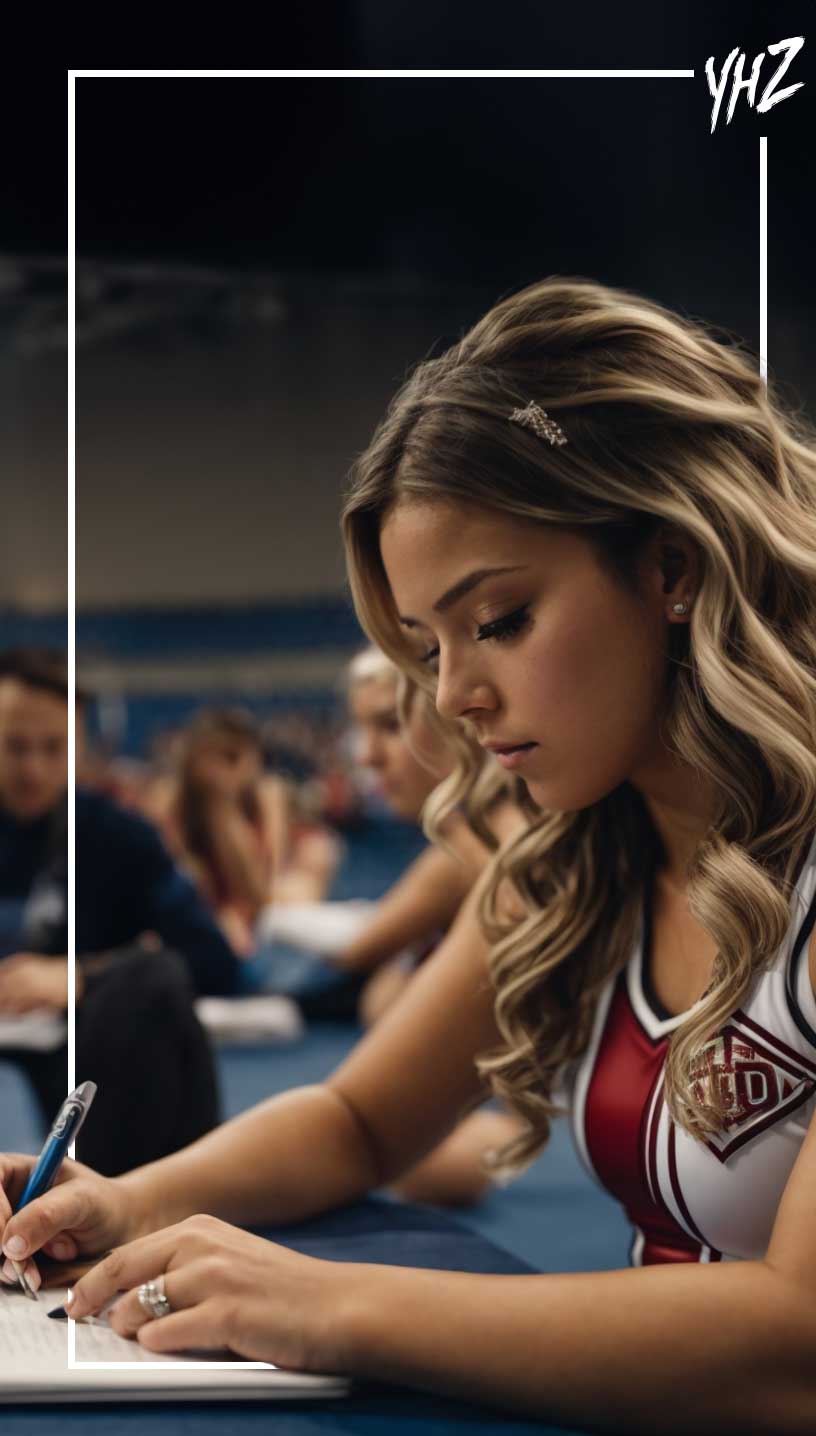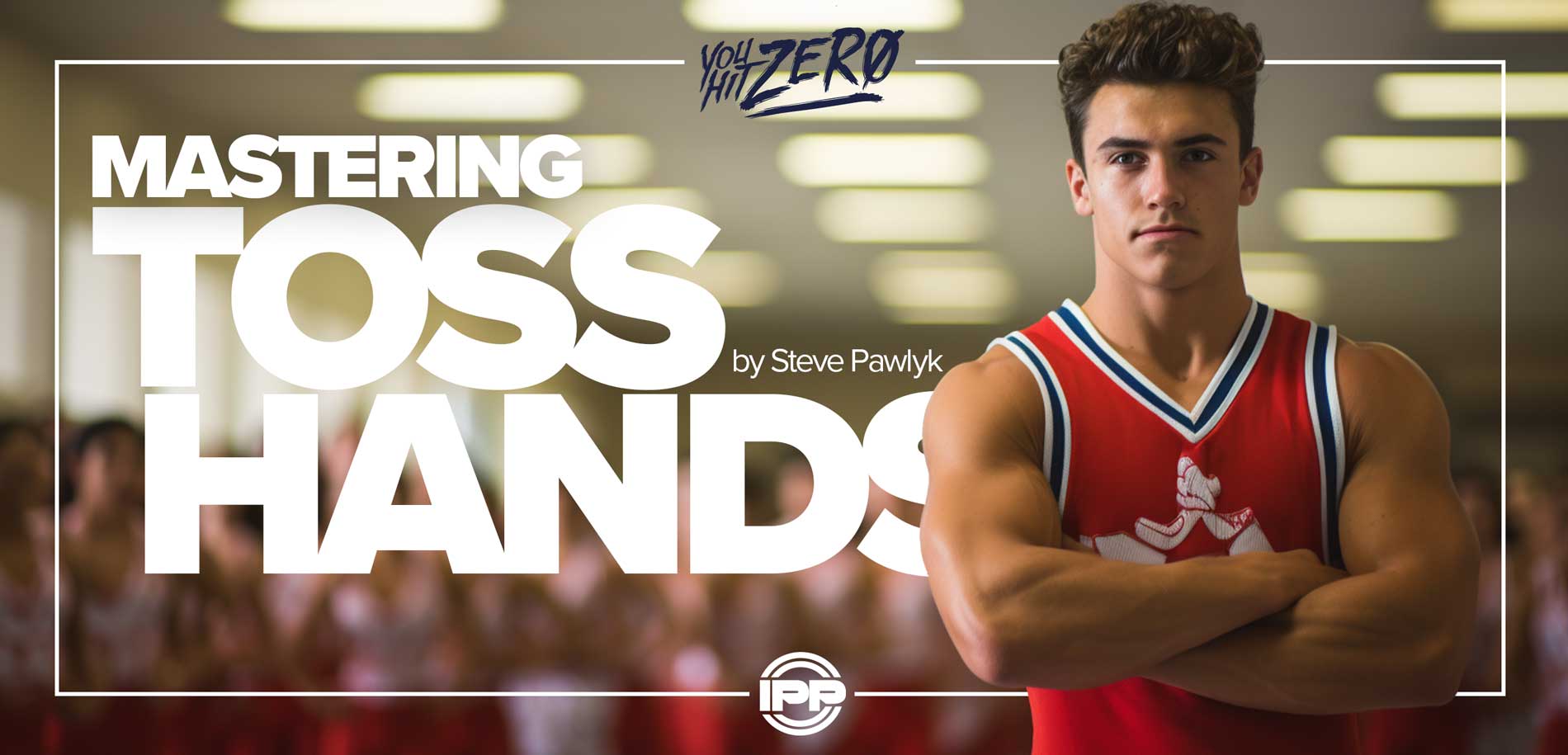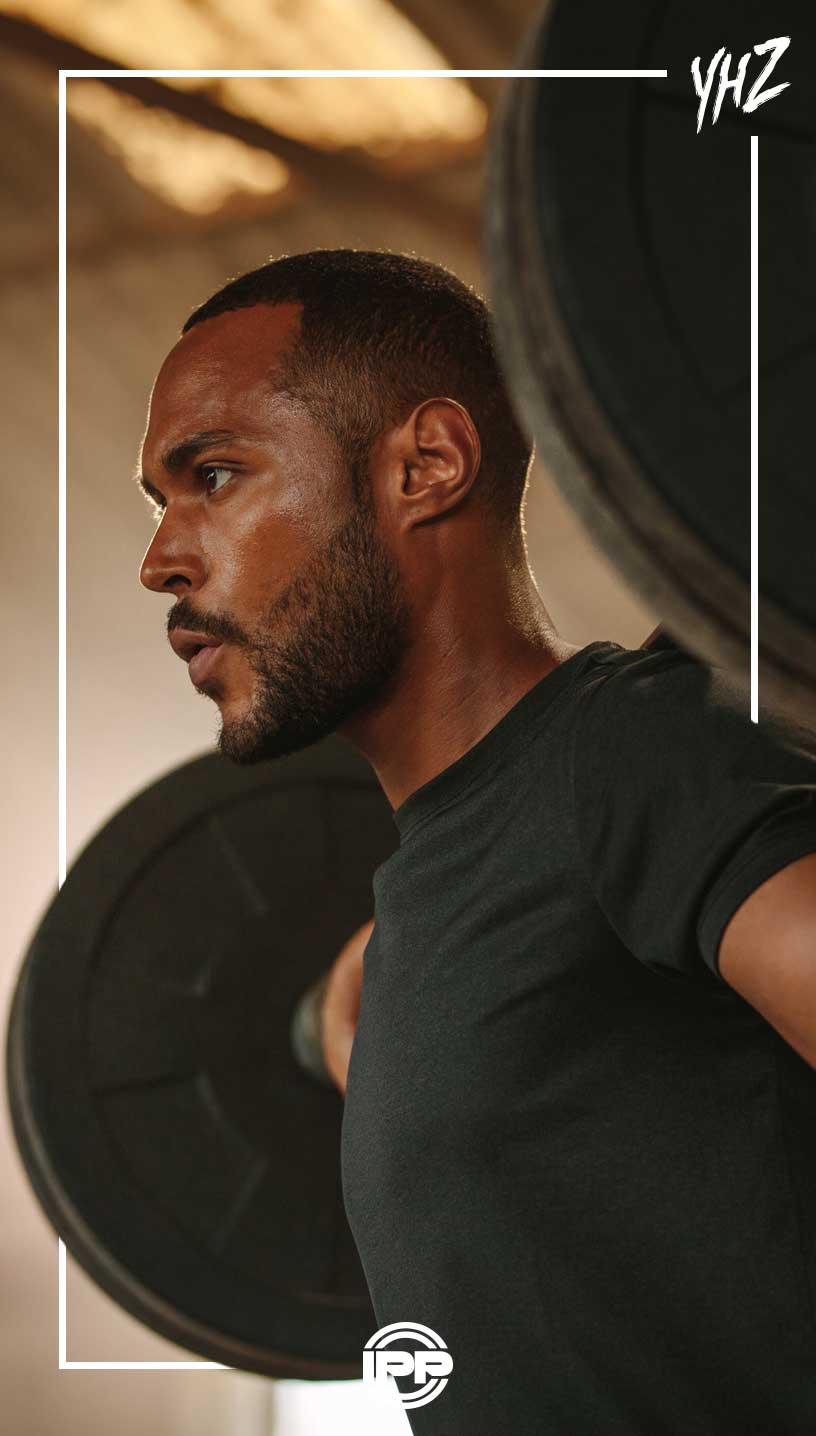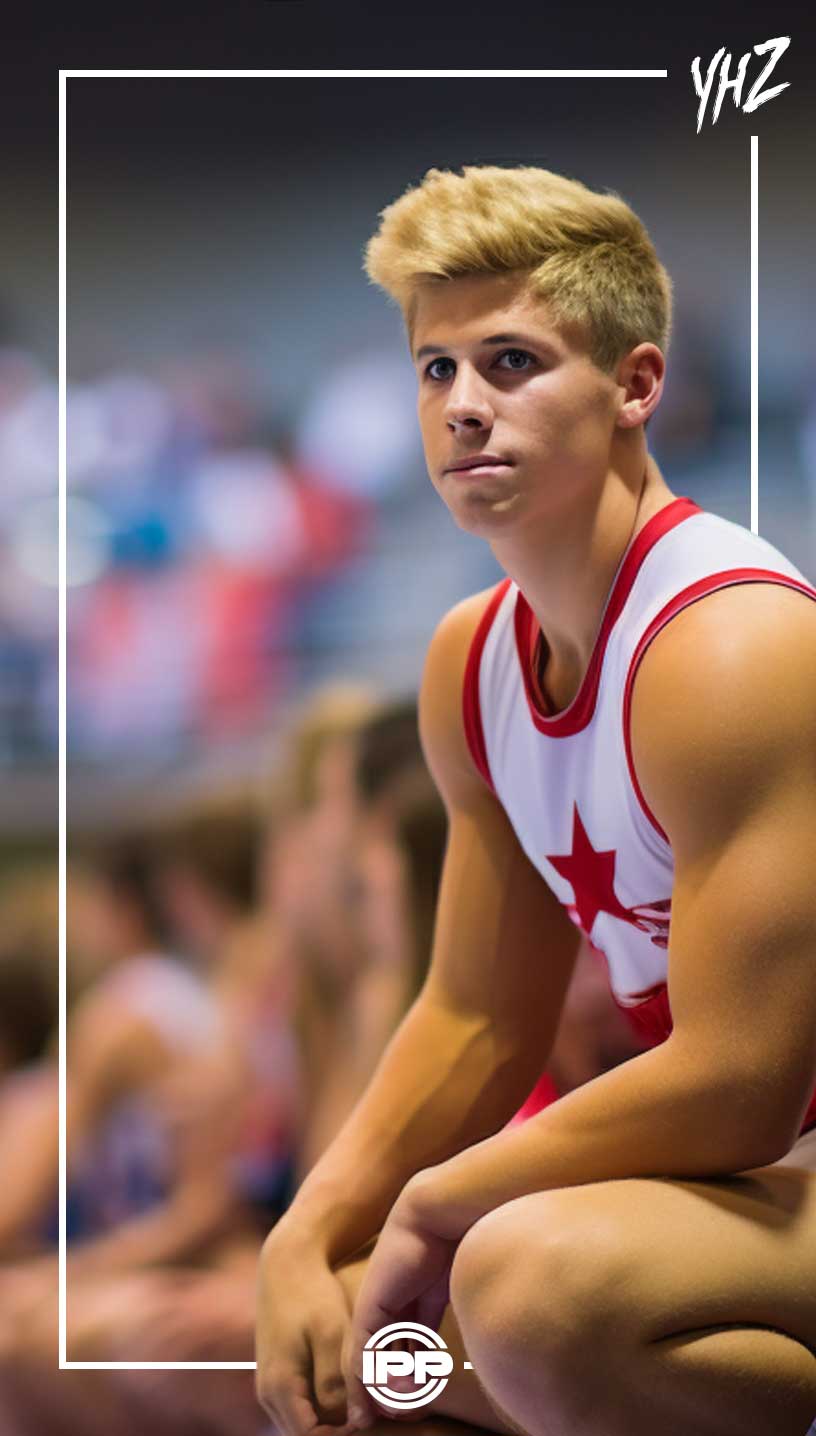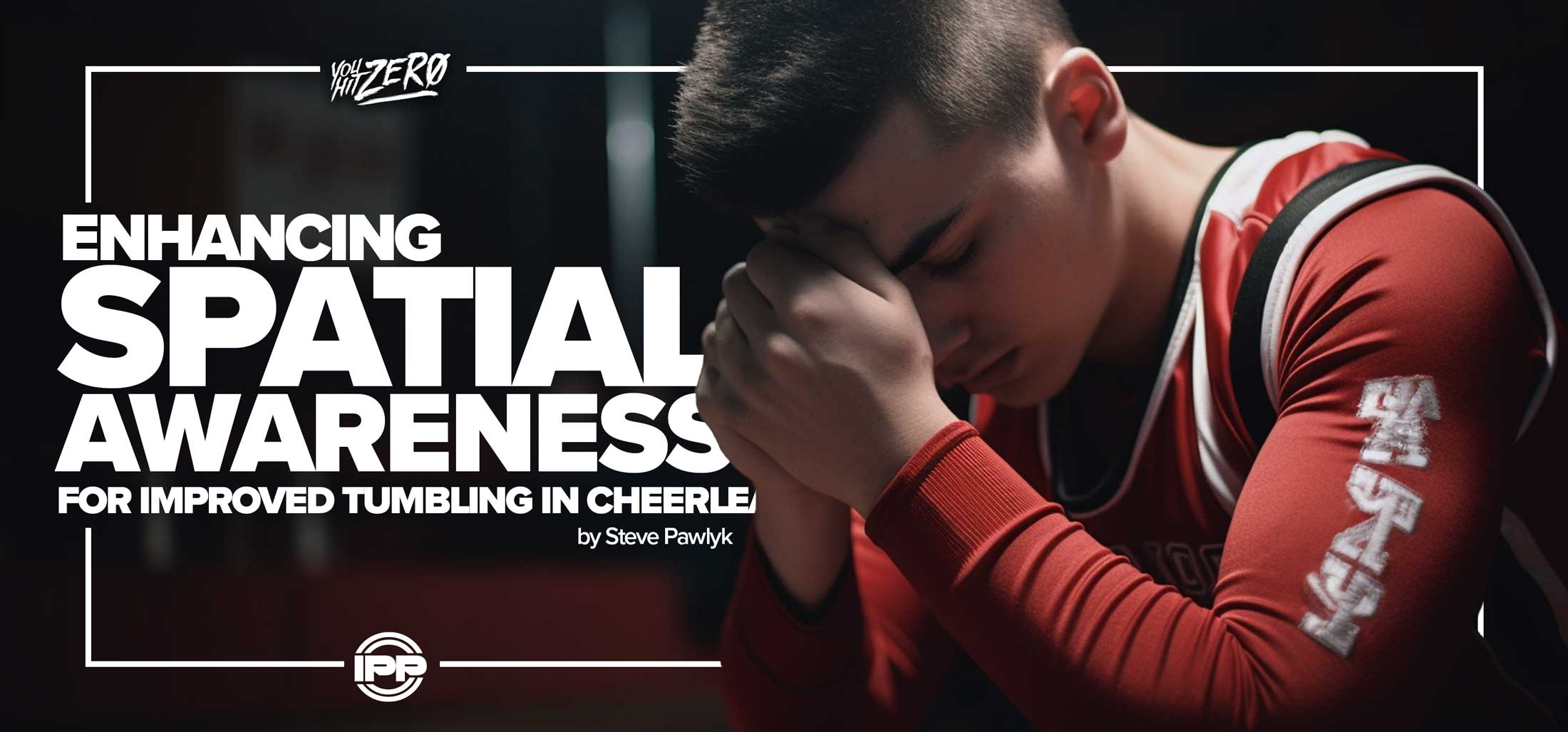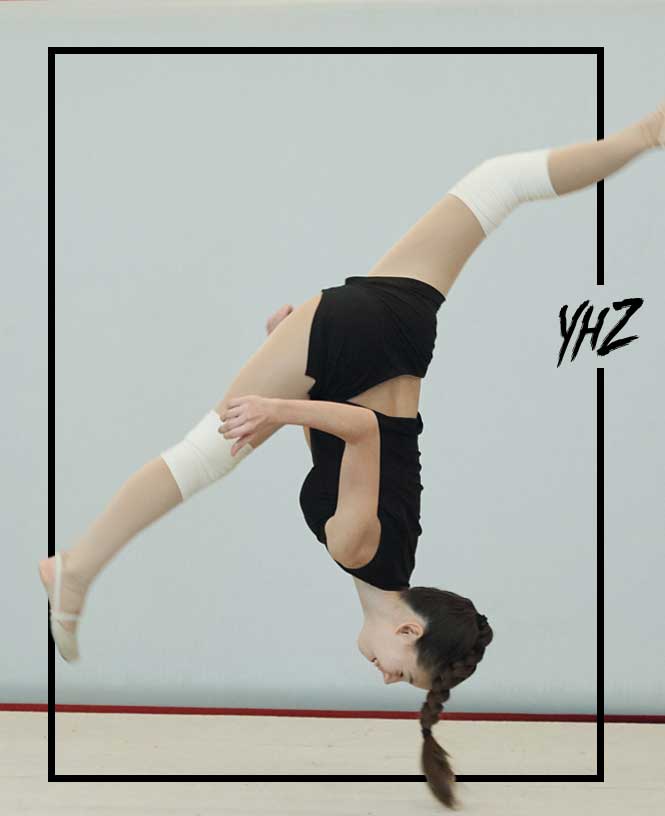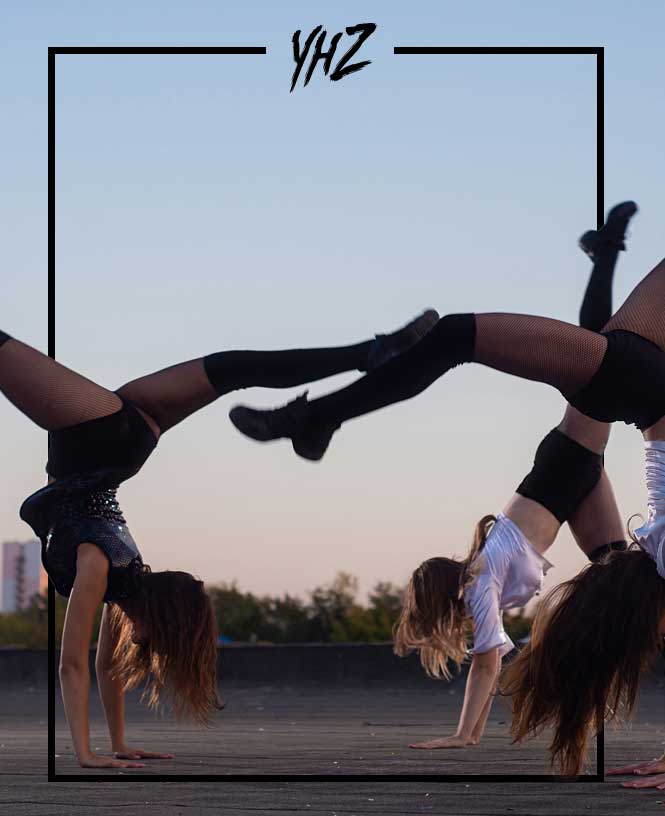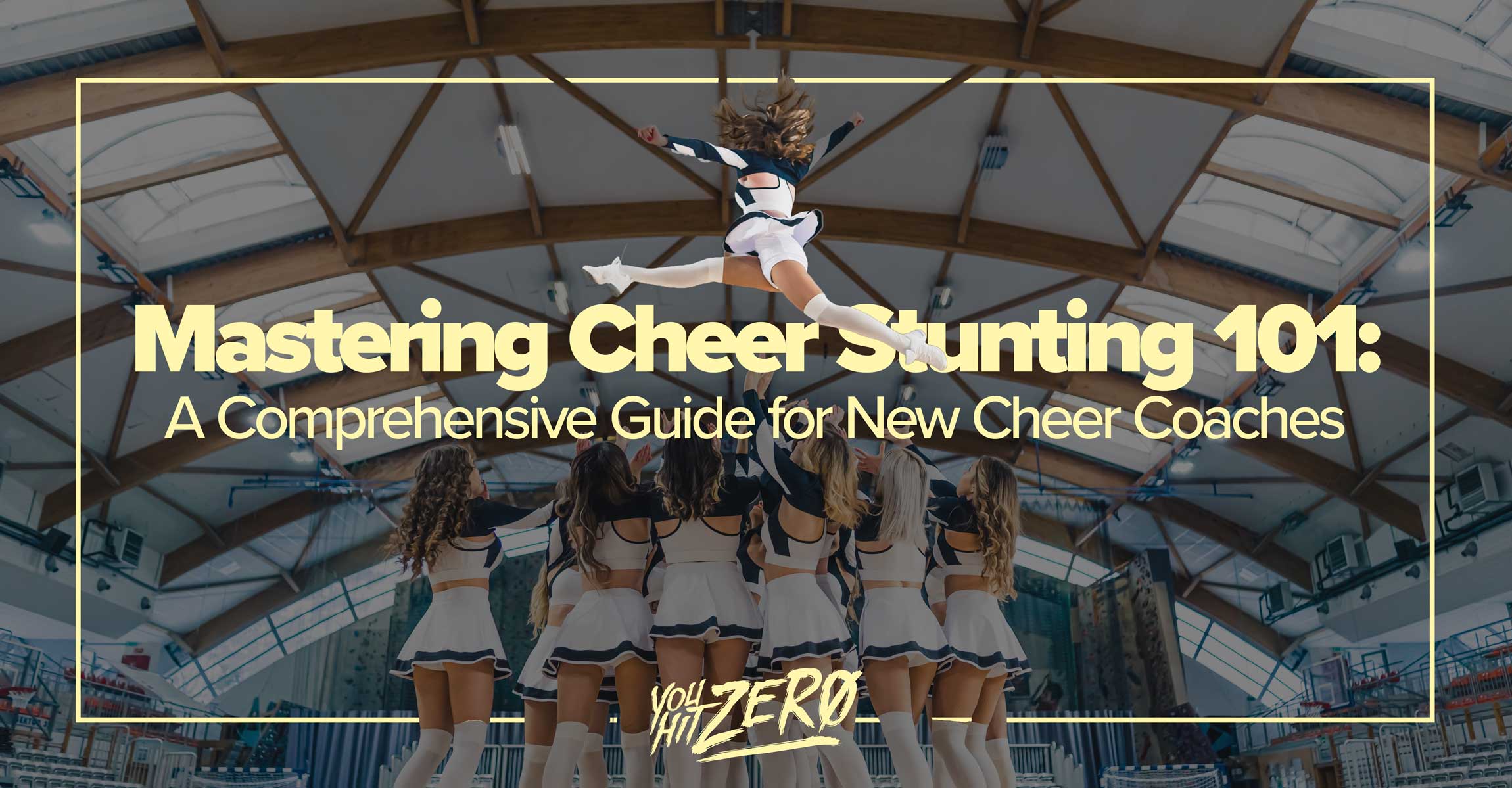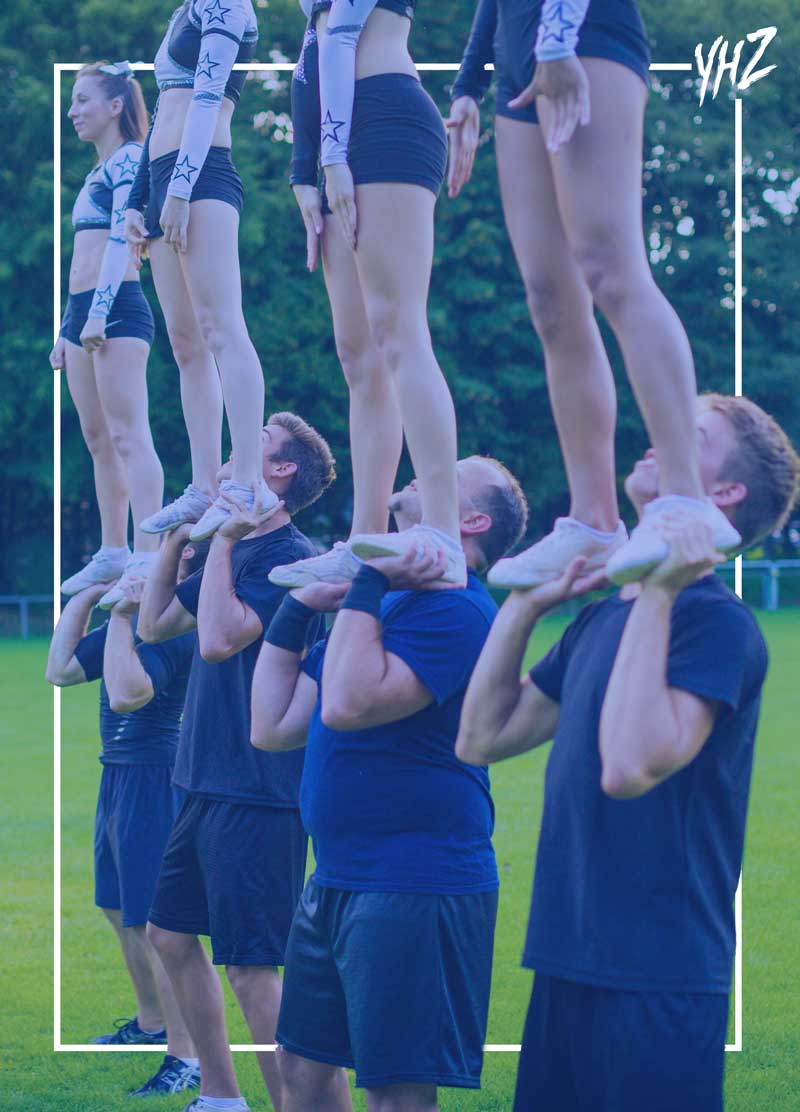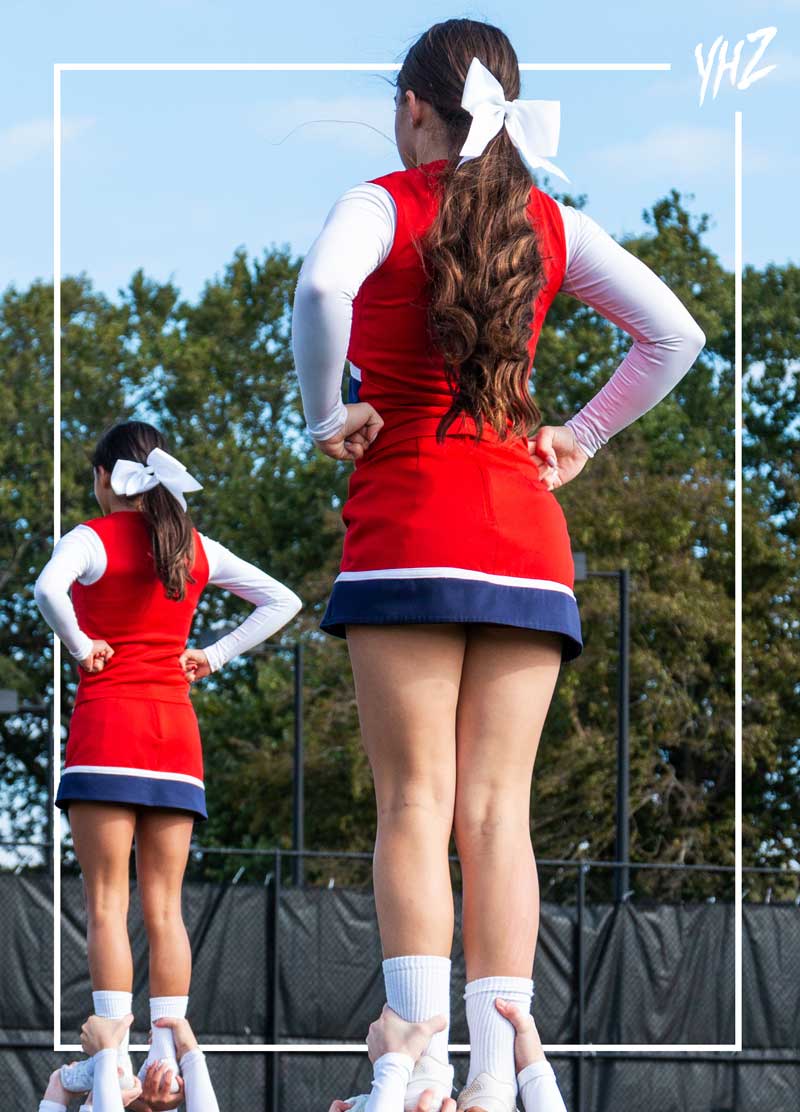By Steve Pawlyk
Published April 25, 2024
As a cheer coach, I’ve seen firsthand the mix of excitement and anxiety that comes with tackling the most challenging stunts in cheerleading. From towering pyramids to dizzying flips, mastering these elements is as much about conquering fear as it is about physical skill. Let’s dive into how you can guide your athletes through their fears and turn daunting tricks into show-stopping routines.
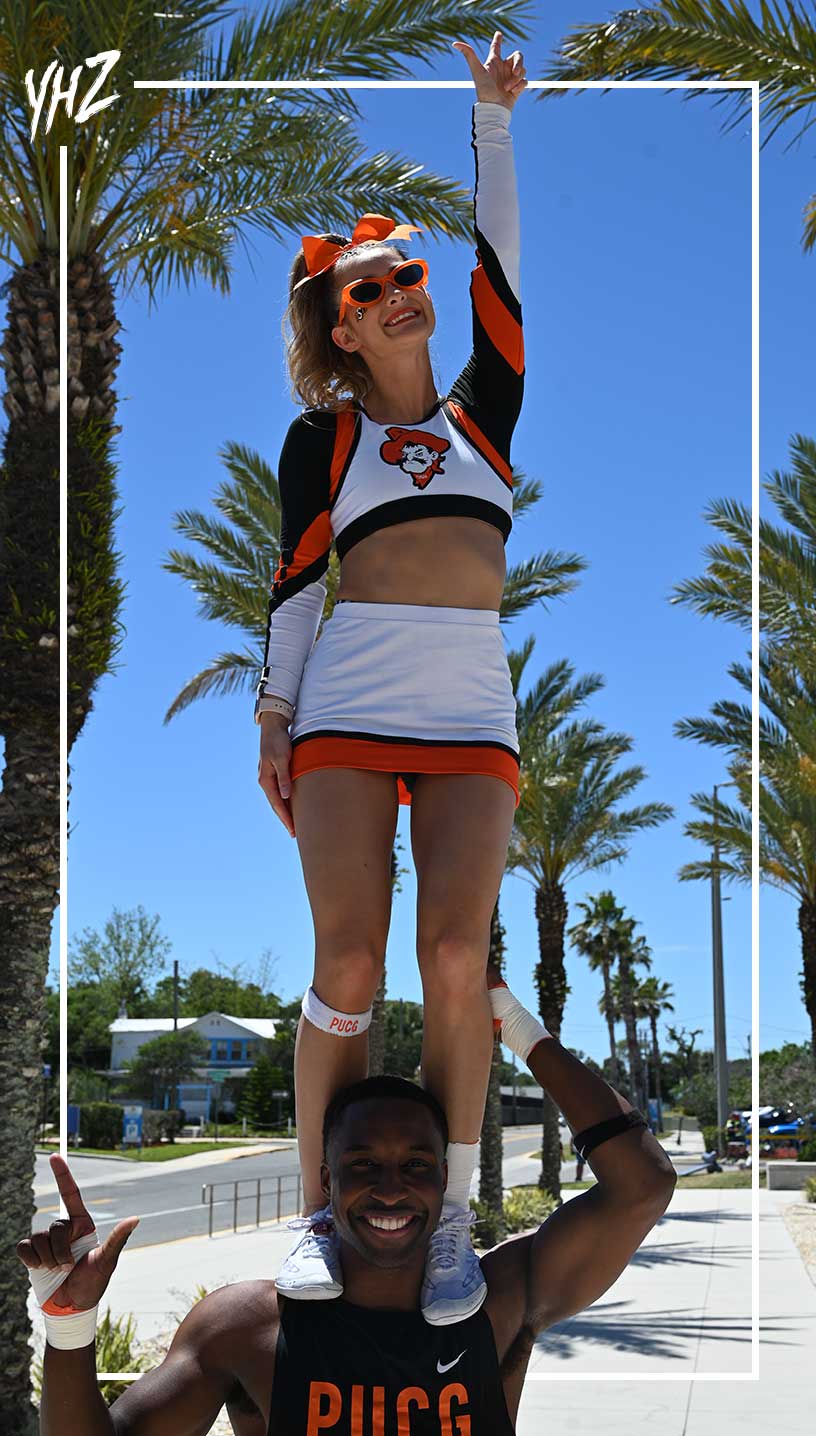
Understanding the Fear
In cheer, performing as the top flyer in 2 1/2 high pyramids or executing complex flipping and twisting baskets can strike fear even in the most experienced cheerleaders. One common scare, the back handspring up, hinges on the flyer’s trust in their bases to catch and support them—a psychological hurdle as much as a physical one.
Conquering the Mental Block
1. Master the Technique: The first step in overcoming fear is to ensure that the technique is flawless. As a coach, I stress the importance of drills and conditioning exercises that enhance muscle memory and build a strong technical foundation. When athletes feel confident in their abilities, the fear starts to fade.
2. Incremental Progression: I often start my athletes on lower-risk versions of a stunt and gradually increase the difficulty as their confidence and competence grow. This step-by-step approach helps reduce overwhelm and allows cheerleaders to feel in control throughout the learning process.
3. Visualize Success: Visualization is a powerful tool in sports psychology. I encourage my team to spend time visualizing their routines, focusing particularly on the segments that make them most nervous. By mentally rehearsing successful executions, they can approach their stunts with more confidence.
4. Build Trust Within the Team: Cheer is all about teamwork. I focus on building a strong sense of trust and camaraderie among the athletes. Regular team-building activities and clear, supportive communication help create a safe and supportive environment where athletes are less afraid to take risks.
5. Repetition is Key: Nothing builds confidence like repetition. The more an athlete practices a stunt, the more familiar and less intimidating it becomes. It’s important for cheerleaders to repeatedly practice their stunts until they feel almost second nature.
Sharing Real Experiences
In my experience, I’ve seen athletes who initially hesitated at the thought of flying high or flipping backward. Through dedication and a focus on technique, they’ve not only mastered their stunts but have also learned to enjoy the thrill that comes with executing them perfectly. Like one of my top flyers often says, “If I did everything right, how bad could it be? Once the technique clicked, it was all about repeating it until it felt like second nature.”
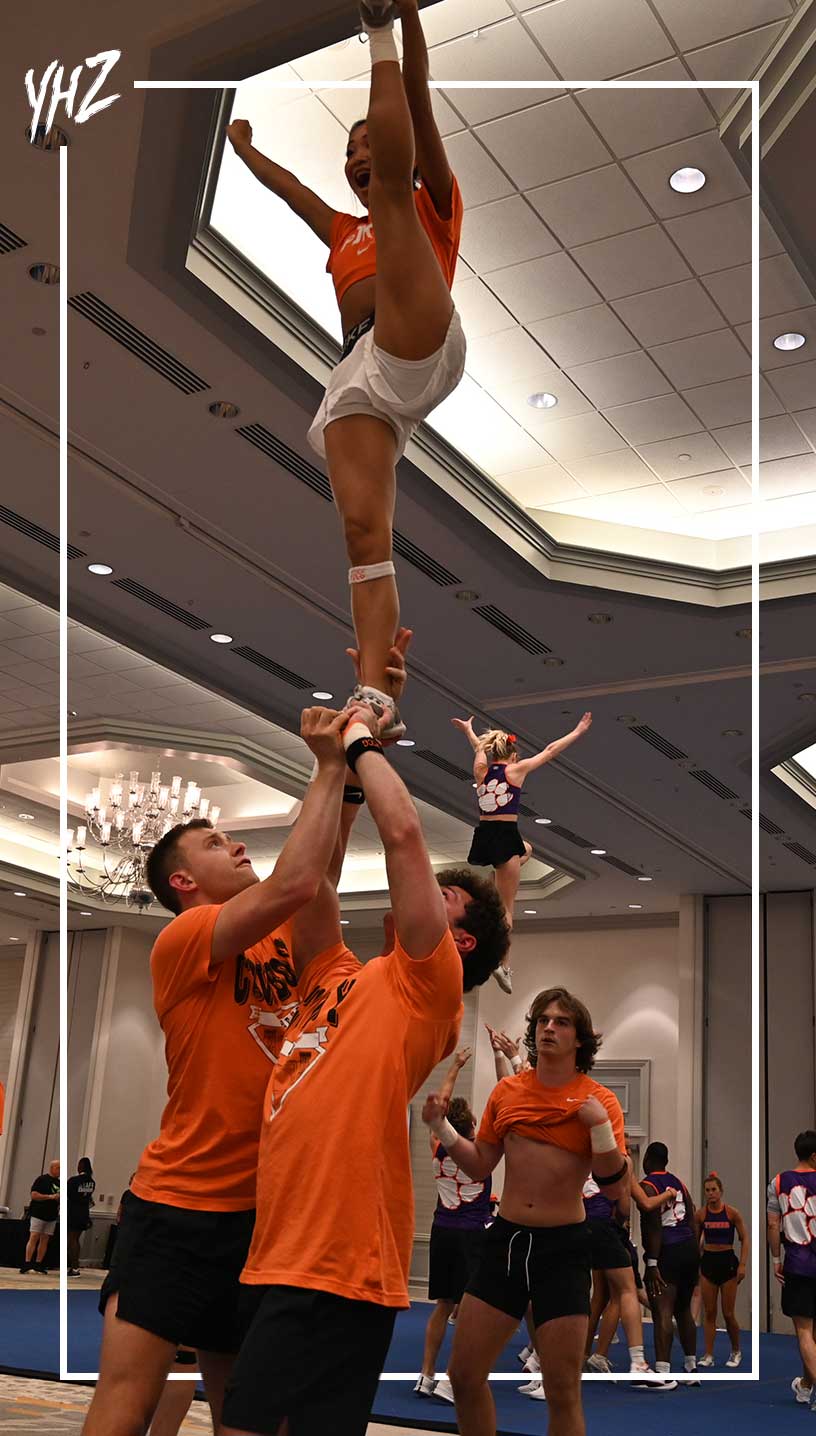
Embracing the Challenge
To my fellow coaches and cheerleaders, remember that mastering scary stunts is a journey. Each small victory builds the path to greater achievements. Celebrate every step forward, no matter how small, and keep pushing the boundaries of what your team can achieve. You’re constantly setting the bar higher, not just in the stunts you perform but also in the resilience and courage you develop. So lace up, cheer loud, and let your confidence soar as high as your stunts
IPP's Premade Mixes are USA Cheer Compliant and customizable! Add Sound FX, swap songs, & more! Add your Team Name to the mix for only $10!



